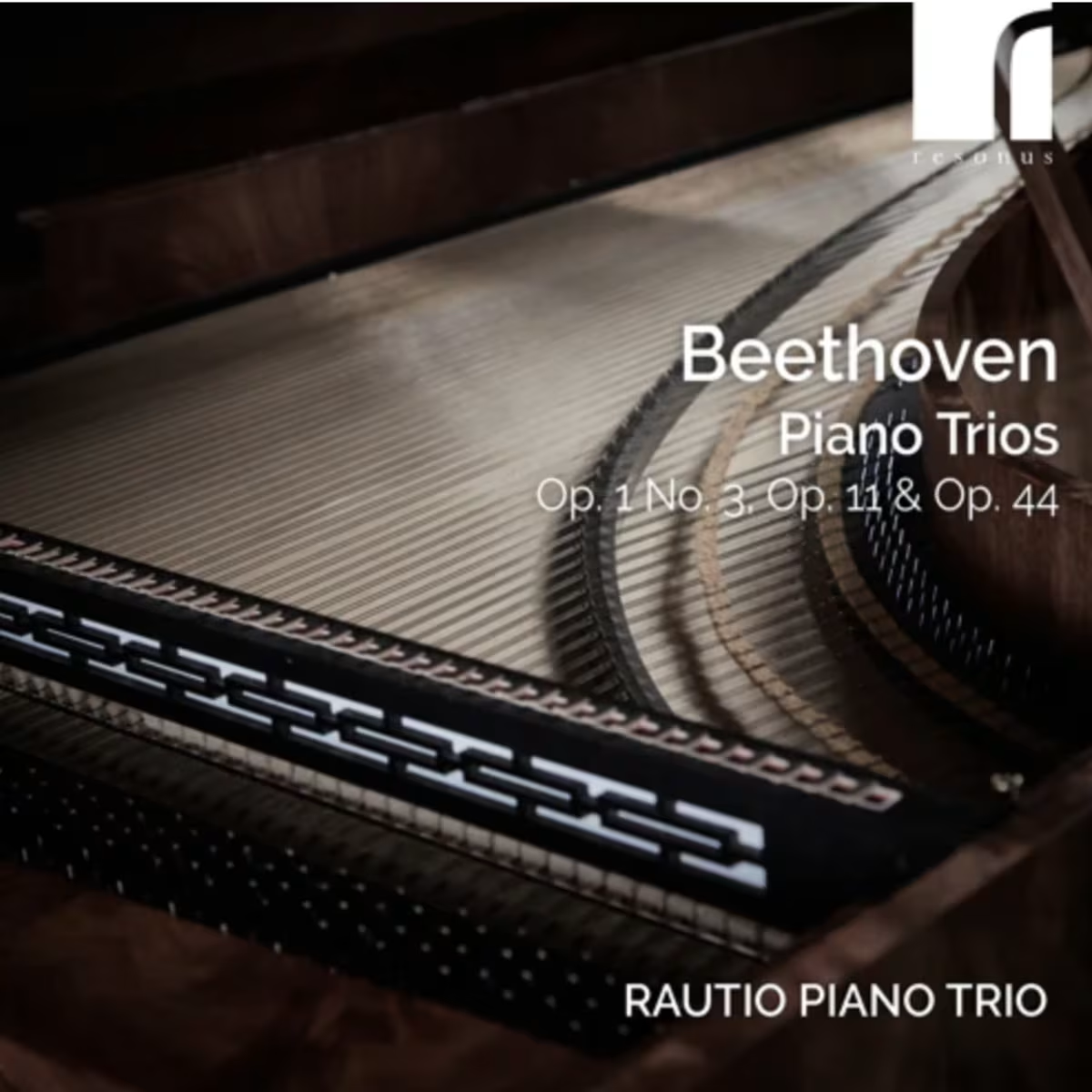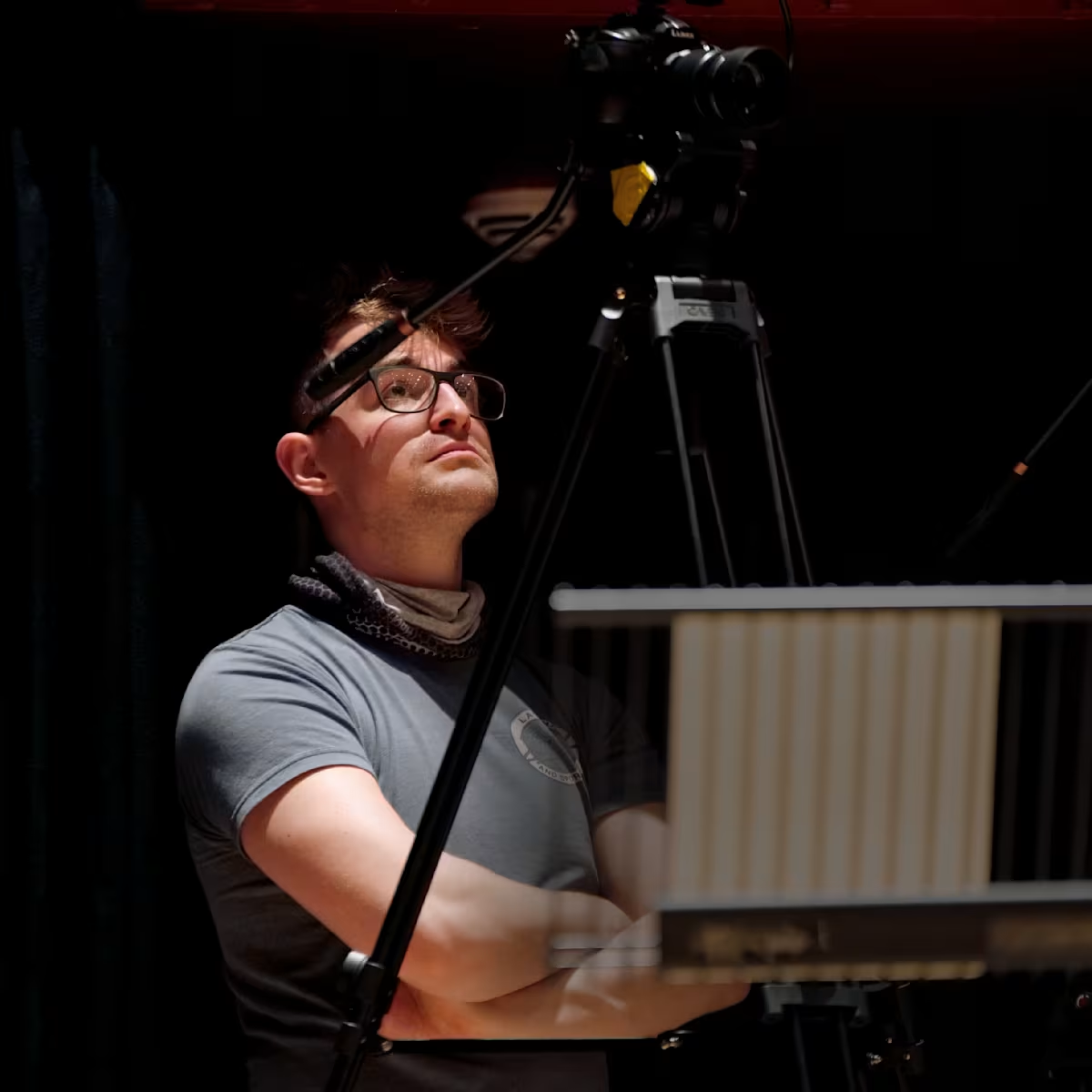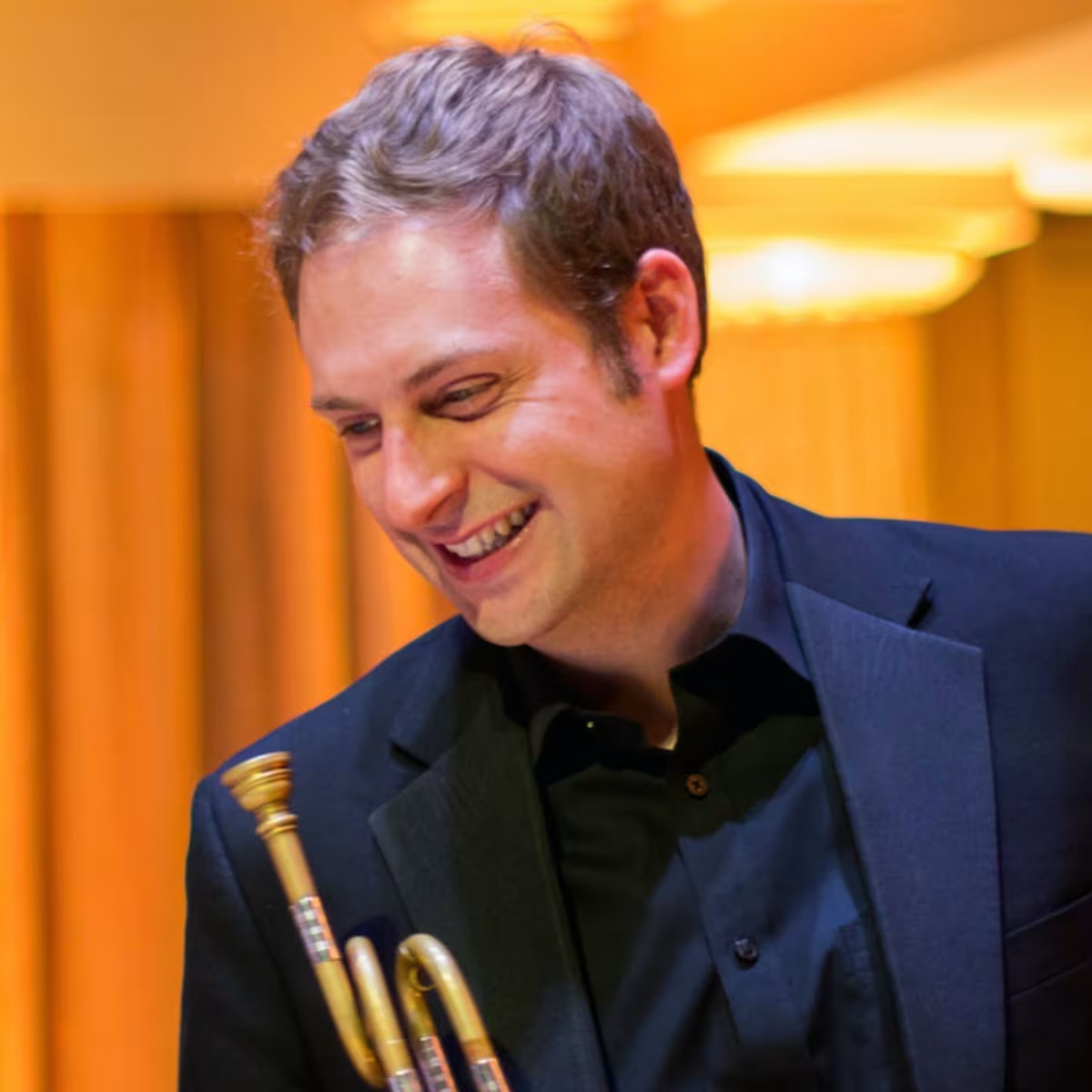Essay
How African Musicians Came to Medieval and Renaissance Europe
Western music has always been multicultural
Share this

This essay by Ted Gioia was originally published at The Honest Broker (the "trustworthy guide to music, books, arts, media & culture") and is reproduced here for Continuo Connect with Ted's kind permission.
How did an African trumpeter end up in Tudor England?
That’s exactly what happened to John Blanke, a favorite musician in the court of King Henry VIII. We even have pictures to prove it.
Blanke shows up twice on a 60-foot-long illustration of a joust held in 1511 to celebrate the birth of the King’s son, Henry, Duke of Cornwall. The child died a few days after the joust, leaving the monarch without an heir. But the two-day celebration, known as the Westminster Tournament, drew so many famous guests that the King demanded a visual record.
The appearance of an African musician wearing a green turban is conspicuous.

Blanke is mentioned in surviving royal accounts—suggesting that he was highly valued by the King. He earned three times the wages of a servant, and worked full time for the monarchy. Blanke also received a pay increase under the King—likely an indicator of his superior musicianship.
How did an African musician get hired by King Henry VIII at the dawn of the English Renaissance?
Blanke almost certainly came from Spain, along with the future queen, Catherine of Aragon, in 1501. This unfortunate princess arrived in England to marry Prince Arthur – she had been betrothed, more than a decade earlier, at the age of three! – bringing with her a dowry of 200,000 ducats. Musical influences often crossed borders in those days via wedding parties and dowry packages. John Blanke would have made a striking member of the entourage.
His name inspires speculation. Blanke may derive from blanco, the Spanish word for white. Maybe there’s a joke here, like those goofy gangster nicknames that represent the opposite of somebody’s physical appearance – Slim is fat and Fat is slim, etc.
New Orleans jazz legend Jelly Roll Morton claimed that all good jazz has a Spanish tinge. There’s a lot of wisdom in that statement – and more history than even Jelly Roll realized.
But the musician is described in surviving records as “John Blanke the blacke trumpet”—and this raises the possibility of a misspelling. Or maybe John arrived without a last name, which was thus a blank – like my father whose middle name became NMN after he joined the Navy, because that’s what he wrote on the induction form to indicate he had “No Middle Name.” (From that point on, like Odysseus in the Cyclop’s cave, Dad was officially called Nmn.)
Most African musicians entered Europe via the Iberian Peninsula in those days, where they are well documented going back to the Muslim conquest of the region. Consider, for example, this illustration from the Cantigas – which dates back to the 1200s.

Here’s another illustration of African musicians in the Iberian Peninsula. This comes from a Portuguese altarpiece commissioned in 1522.

The simple fact is that Western music has always been multicultural.
I’ve proved that assertion with mountains of evidence in my books. There’s a reason why Western musical modes are named after different national and ethnic groups (Lydian, Phrygian, etc.). Long before John Blanke came to England, music moved with ease over geographical boundaries.
I’ll go even further and claim that Western song styles eventually became dominant because they were the most multicultural musical idioms in the world. Diversity was their strength. It still is.
Remember that the next time people attack this music for its lack of diversity. Nothing could be further from the truth.
Of course, few people realized that until quite recently.
Western song styles became dominant because they were the most multicultural musical idioms in the world. Remember that the next time people attack this music for its lack of diversity. Nothing could be further from the truth.
Not long ago, many Spanish scholars denied these non-European influences on their music, but that never made much sense. You can hear them in the songs even without knowing the back story. But a growing body of evidence now makes clear these influences were much greater than previously believed.
For example, I’ve made the case, in my book Love Songs, that the basic elements of the French troubadour style originated in the Arabic world, and traveled via North Africa into Spain – and only then crossed the border into Provence in the South of France.
This is no different than Elvis Presley drawing on the blues tradition in his home state of Mississippi, and transforming it into a powerful mainstream sound. The same thing happened with Arabic and North African music in Spain, which spread throughout Europe via disseminators from southern France.
You could also make a strong case that the European lute evolved from the North African oud—with the latter (le oud) even giving its name to the former. And it later turned into the guitar, an instrument that already existed in Spain in the 1200s. I also suspect that the Morris dancers of traditional England were originally Moorish dancers.
The scope of this cultural migration was enormous.
Not only did instruments and song styles travel from Africa to Europe, but even music schools made the move. A famous African named Ziryab established a respected conservatory in Córdoba back in the 9th century. This would have been significant under any circumstances, but all the more so when you consider that Córdoba was the most influential cultural center in Europe at the time.
A thousand years after Ziryab, New Orleans jazz legend Jelly Roll Morton (1890-1941) claimed that all good jazz has a Spanish tinge. There’s a lot of wisdom in that statement—and more history than even Jelly Roll realized.
We can merely guess what the music of Ziryab or John Blanke sounded like. Alas, most of this Afro-European music disappeared without a trace.
But not all of it.
Consider the fascinating case of Vicente Lusitano, a Portugese musician of African origins, whose extraordinary life story deserves a movie. He not only traveled from the Iberian Peninsula to Rome, where he served as a priest, but later moved to Germany where he resided as the husband of a Protestant.
You can’t get much more cross-cultural than that in the year 1550.

Lusitano’s music was mostly forgotten, until 21st century scholars rediscovered his works and made them widely available online. As a result, this pioneering composer finally entered the classical repertoire some 500 years after his birth.
I wish we knew more about these artists, but that would hardly change the larger picture. African influences were so deeply assimilated—as the troubadour example makes clear—that they soon moved all over Europe via white performers, who often drew on these innovations without knowing where they had originated.
So we do well to treat these African pioneers in medieval and Renaissance music as more than curiosities or historical quirks. They provide a lasting lesson in how musical styles cross borders and boundaries. That happened long before Europe even existed as a concept. And I suspect that songs will continue to break down whatever new walls (real or virtual) nations manage to devise in the future.
Further reading and listening
Vicente Lusitano's music has been recorded by The Marian Consort for Linn Records, available to buy via their website and to watch on YouTube
Historian Miranda Kaufmann's book Black Tudors tells the story of ten Africans living in England in the Tudor and Stuart eras, including John Blanke (who features on the cover)
There are several exhibits relating to John Blanke at the Museum of London, including a 14th century trumpet, and a petition to Henry VIII asking for Blanke's wages to be increased - to which the King agreed!
With thanks to Ted Gioia for his kind permission to republish his original article at The Honest Broker
Share this
Keep reading

Beethoven Piano Trios
The Rautio Piano Trio returns with this second volume of Beethoven’s Piano Trios, recorded on period instruments.

In conversation: Tom Mungall
Producer, sound engineer and filmmaker Tom Mungall tells Continuo Connects how he got into the Early Music scene.

Discovering Baroque treasures with Will Russell and Spiritato
Will Russell, founder of Spiritato and champion of less well-known Baroque music, shares insights into their musical adventures and discoveries.

